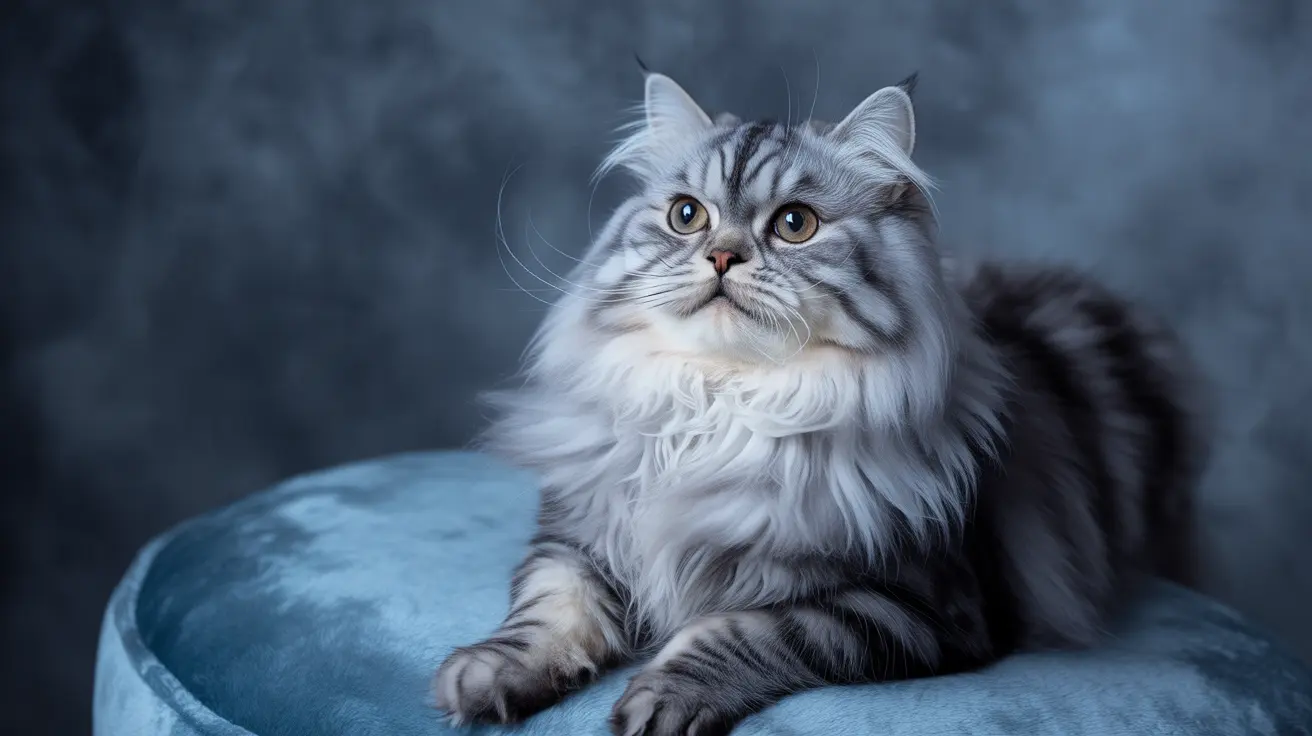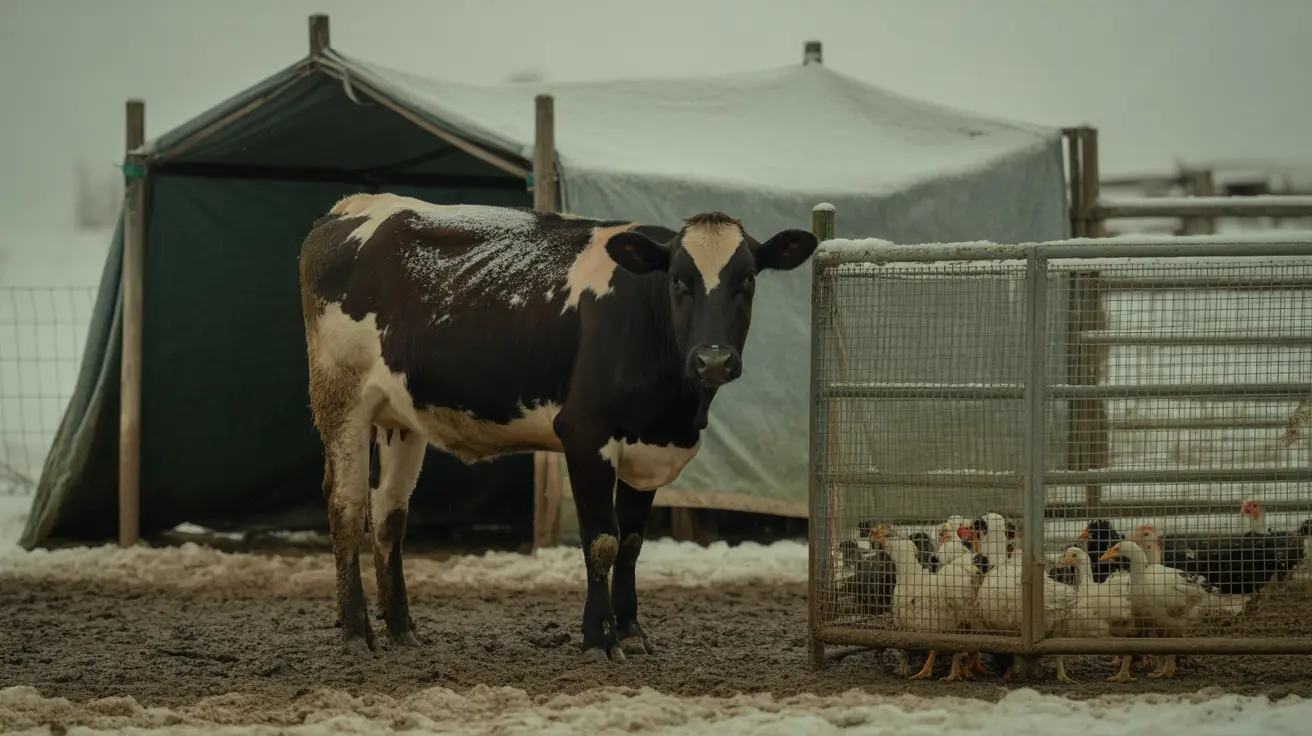Persian cats are celebrated for their luxurious, flowing coats that come in an astounding array of colors and patterns. From classic solid whites to exotic silver tabby combinations, these regal felines showcase some of the most diverse and stunning coat variations in the cat world. Understanding Persian cat colors isn't just about aesthetics – it's a fascinating journey into feline genetics and breeding history.
Understanding Basic Persian Cat Colors
Persian cats come in several fundamental color categories. The most common solid colors include pure white, black, blue (a diluted form of black), red, and cream. Each solid color must be uniform from root to tip, creating that signature plush appearance that Persian cats are famous for.
These base colors are controlled by two primary pigments: eumelanin, which produces black and brown shades, and pheomelanin, responsible for red and yellow tones. The interaction between these pigments and various genes creates the full spectrum of Persian cat colors we see today.
Popular Pattern Variations
Bicolor and Calico Persians
Bicolor Persians feature a striking combination of white with another color, while calico Persians display a mix of white, black, and red patches. These patterns result from specific genetic combinations, with calico patterns appearing almost exclusively in female cats due to sex-linked color inheritance.
Tabby Patterns
Persian cats can display several distinct tabby patterns:
- Classic tabby: Features swirled patterns
- Mackerel tabby: Shows straight stripes
- Spotted tabby: Exhibits distinct spots
These patterns can appear in various color combinations, creating unique and striking appearances.
Exotic Color Variations
Smoke and Shaded Persians
Smoke Persians possess hair that's light at the base and dark at the tips, creating a dramatic color effect when they move. Shaded Persians show a more subtle version of this pattern, with gradual color transitions throughout their coat.
Silver and Golden Persians
These prestigious colors result from specific genetic factors. Silver Persians feature light undercoats with darker tipping, while golden Persians display rich, warm tones with subtle ticking. Both variations are highly sought after in the breeding community.
The Himalayan Connection
Himalayan Persians, also known as colorpoint Persians, showcase darker colors on their faces, ears, legs, and tails, contrasting with lighter body colors. This distinctive pattern results from temperature-sensitive enzymes that affect pigment production, similar to Siamese cats.
Genetic Factors in Persian Cat Colors
Color inheritance in Persian cats is complex, involving multiple genes that interact to produce various colors and patterns. Key genetic factors include:
- The white spotting gene (responsible for white patches)
- Dilution genes (creating softer versions of base colors)
- Point restriction genes (producing Himalayan patterns)
- Sex-linked color genes (affecting red and tortoiseshell patterns)
Frequently Asked Questions
What are the most common colors and patterns found in Persian cats?
The most common Persian cat colors include solid white, black, blue, red, and cream. Popular patterns include bicolor, tabby, colorpoint (Himalayan), and smoke variations.
How do genetics influence the wide variety of Persian cat colors and markings?
Persian cat colors are determined by complex genetic interactions involving multiple genes that control pigment production, pattern distribution, and color intensity. These genes can be dominant, recessive, or sex-linked.
Why do Persian cats have white coats that are different from albino cats?
White Persian cats have pigment-producing capability but carry a dominant white gene that masks other colors. Albino cats, conversely, lack pigment-producing ability entirely due to genetic mutations.
How can I predict the possible colors of Persian kittens from certain parents?
Kitten colors can be predicted by understanding the parents' genetic makeup and color inheritance patterns. Professional breeders often use color calculators and genetic testing to estimate potential outcomes.
Are certain Persian cat colors linked to specific eye colors or health concerns?
Yes, some color patterns are associated with specific eye colors. For example, white Persians often have blue eyes, while silver Persians typically have green or copper eyes. White cats with blue eyes have a higher risk of congenital deafness.
Conclusion
The world of Persian cat colors is vast and fascinating, representing centuries of selective breeding and genetic diversity. Whether you're a breeder, show enthusiast, or simply a Persian cat lover, understanding these color variations adds depth to your appreciation of this beloved breed.






